Modern day beauty standards have given us a lot to gripe about – from women who don’t wear makeup being deemed “unkempt” to people enforcing their beliefs on how long or short someone’s skirt should be. But compared to these bizarre beauty standards of the past, these can seem like child’s play!
The world we live in might not be perfect, but one thing’s for sure. Boy, am I glad I didn’t live any time in the past! Read on to find out 10 of the craziest – and terrifying – beauty standards people had in the past.
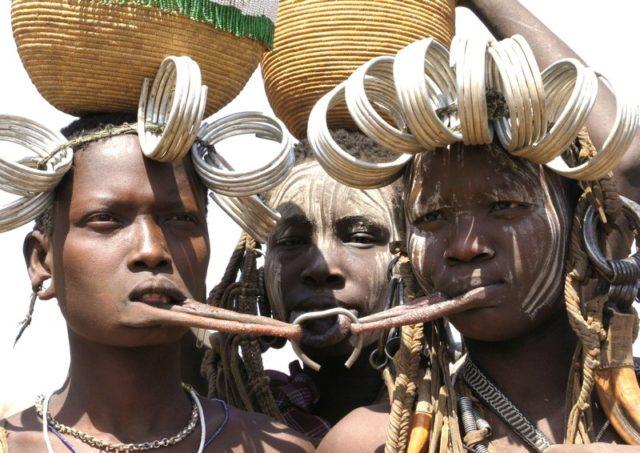
1. Tapeworm Weight Loss Diet
You might have tried some questionable methods in an effort to lose weight, but we bet none were as bizarre as this! In the late 18th and early 19th centuries, advertisements for “sanitized tapeworm” pills were everywhere. The premise behind them was that you could eat anything and lose weight even without exercise because the worms would eat the “excess calories”. The most bizarre part of this was that it actually worked on some women – only it also bought about severe side effects like nausea, anemia, fatigue, headaches, and not to mention bacterial infections and neurological problems!
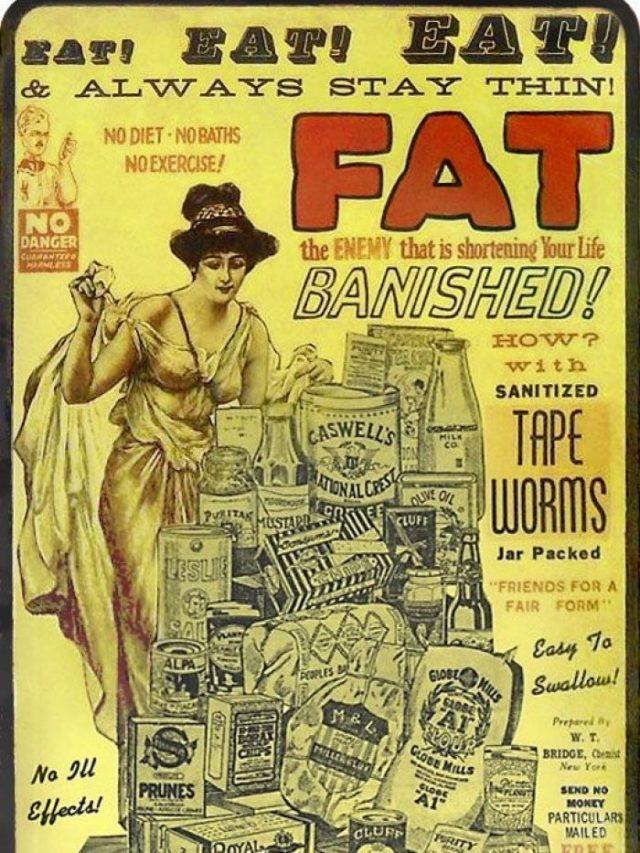
2. Colored Eyebrows
Trends like barbed or squiggly brows might be popular in today’s era of fashion, but the women of ancient China were far ahead of us. They would pluck their eyebrows off completely and then paint on smudged-looking brows in colors like green, blue and black. The shape of the brows would also depend on the trends of the time.

3. Chest Flattening
In the middle ages, there was a widespread belief that to appear “modest”, women could not have large breasts, hips, hands, or feet. Even their lips had to be thin lest it be deemed too “sexual”! To achieve a flat chest, girls would begin binding their upper torsos from a very small age. The practice was so damaging that it even prevented their mammary glands from developing properly!

4. Arsenic Dye
In the Victorian era, a bright green colored dye called “Scheele’s Green” was invented and gained immense popularity. It was used in everything from clothes to house paint. The only downside? It was made with a mixture of arsenic and copper, both incredibly harmful to those who come into contact with them frequently. Since the women wore them literally on their bodies, it would penetrate their skin and eventually killed them slowly.
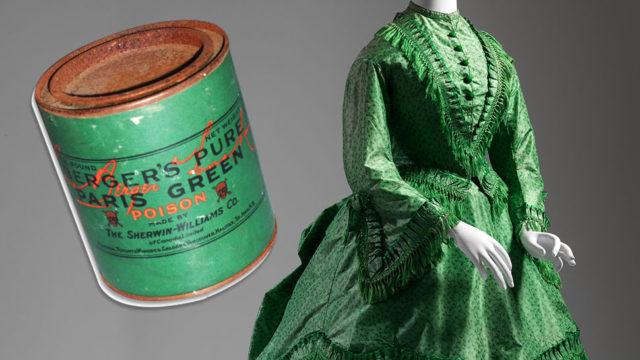
5. Portuguese Urine Mouthwash
Achieving pearly white teeth seemed to have been as much of an obsession in the past as it is today, but the people of Rome AD 1 took it to a whole other level with urine mouthwash. Urine is rich in ammonia, which was said to help in disinfection and teeth whitening. But the rich Romans didn’t want any old peasant’s urine – it had to be the Portuguese’s because that was considered to be the strongest in the world. Shockingly, it actually worked! In fact, urine remained an active ingredient in mouthwash up until the 18th century.
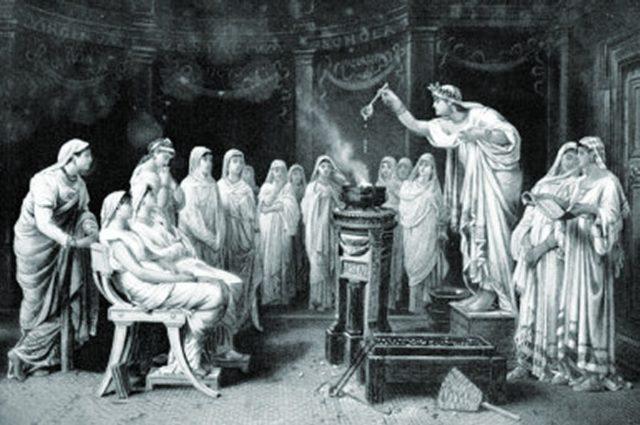
6. Stretched Lips
The Mursi women of Southern Ethiopia have a startling beauty ritual. Beginning at the age of 15 or 16, a girl’s lips are cut by her mother or other women of the tribe. The wound is then held open by a wooden plug as it heals. Over the course of 2-3 months, increasingly large rounds are inserted to widen the stretch. But, unlike a lot of other tribal beauty rituals, this one is entirely up to the girl – from choosing how wide she would like to stretch her lips to if she even wants to do it in the first place!
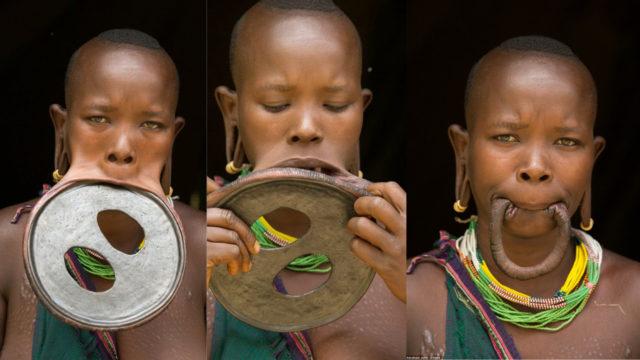
7. Lotus Feet
In Imperial China, small feet known as “lotus feet” were seen as the ultimate depiction of beauty. They were regarded as more attractive and “sexually pleasing”, which would lead to them having a higher chance for a prestigious marriage. To achieve lotus feet, girl’s feet were bound tightly using cotton strips, constricting their growth. The process would begin from ages as little as 5. As a result, the feet would end up bent in the middle with some of the toes bent downwards. Women with lotus feet would have trouble walking, but that was considered a way to identify girls with such feet.
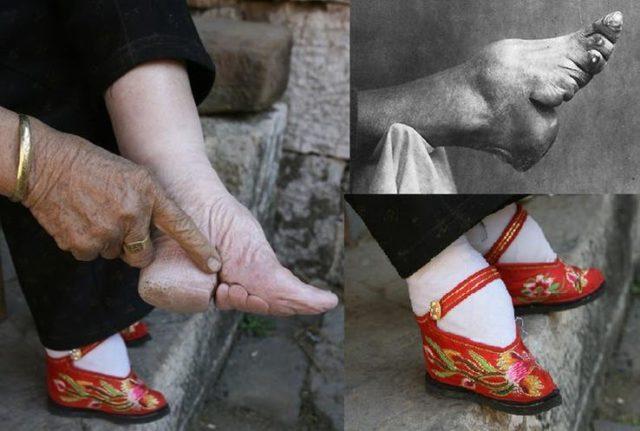
8. Scarring of Face and Chest
Scarification is a popular trend in many parts of the world, and one of the most extreme cases is of the men and women of the Karo tribe. They scar parts of their torso and face in an attempt to become more beautiful. In fact, women who have “fashionable” scars are higher in status socially and politically and are even seen as more desirable for marriage. These scars are created using sharp knives or glass, then applied with plant juices or charcoal. This will then create a slight infection, which will cause it to raise and darken as it heals.




